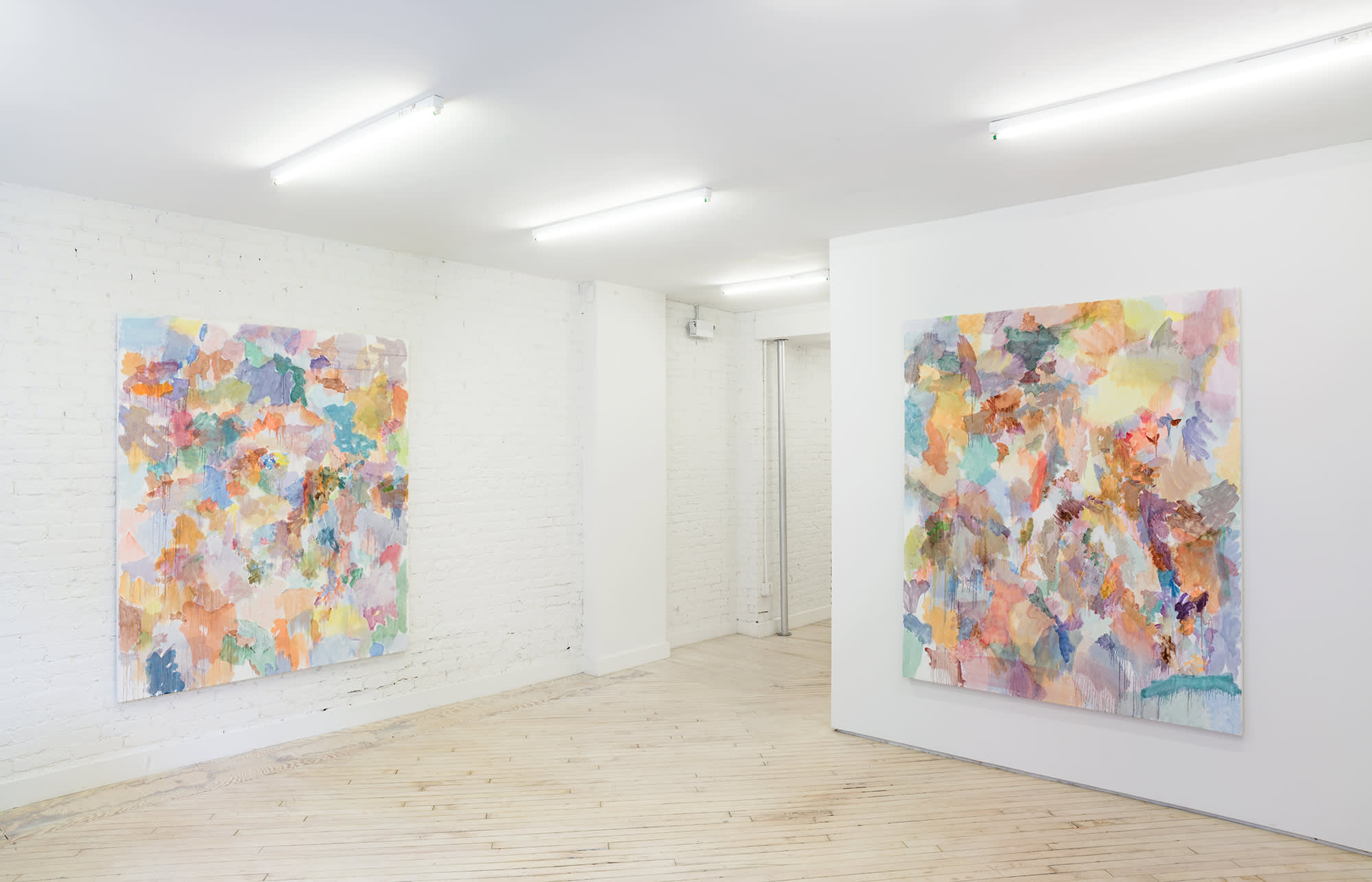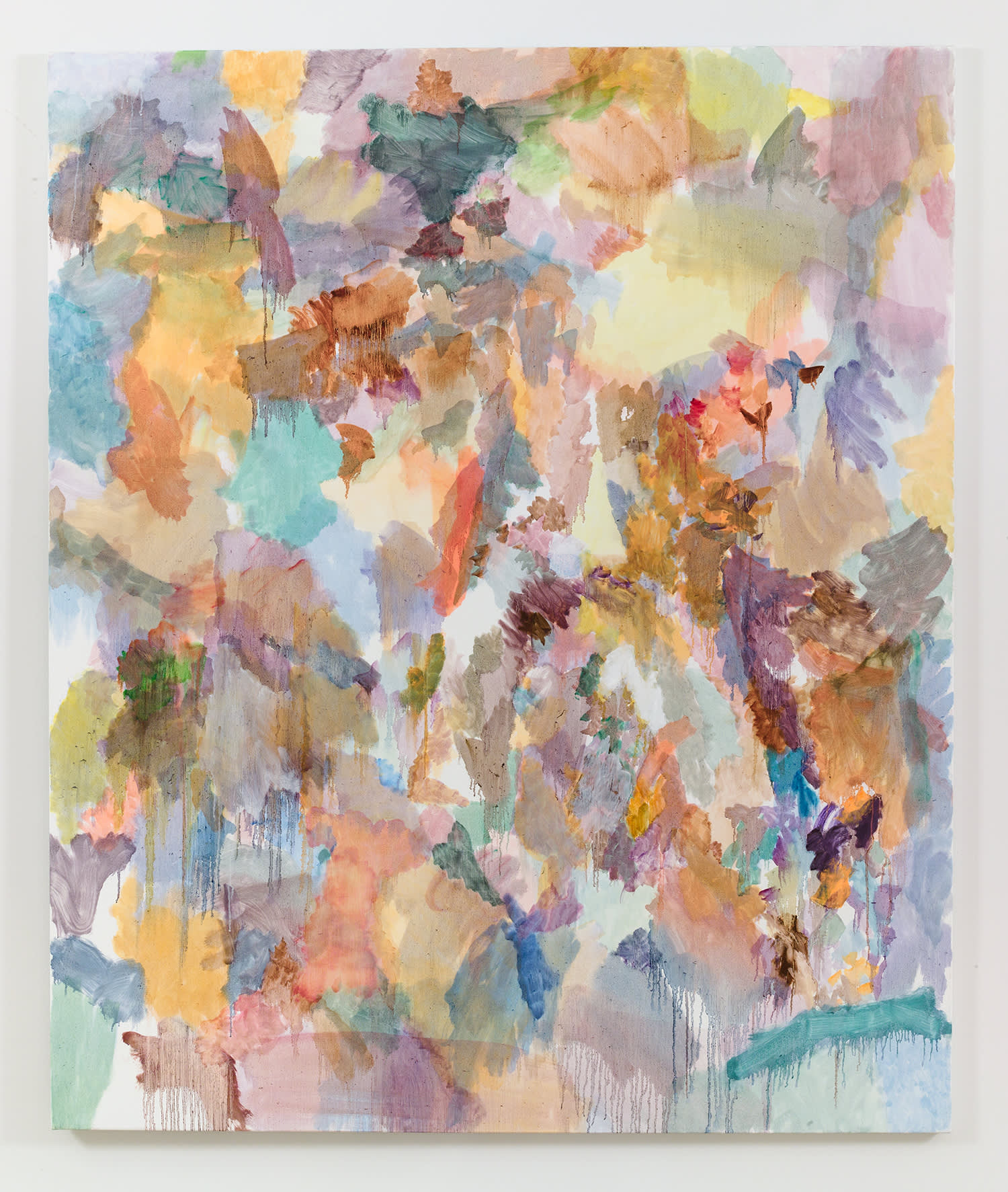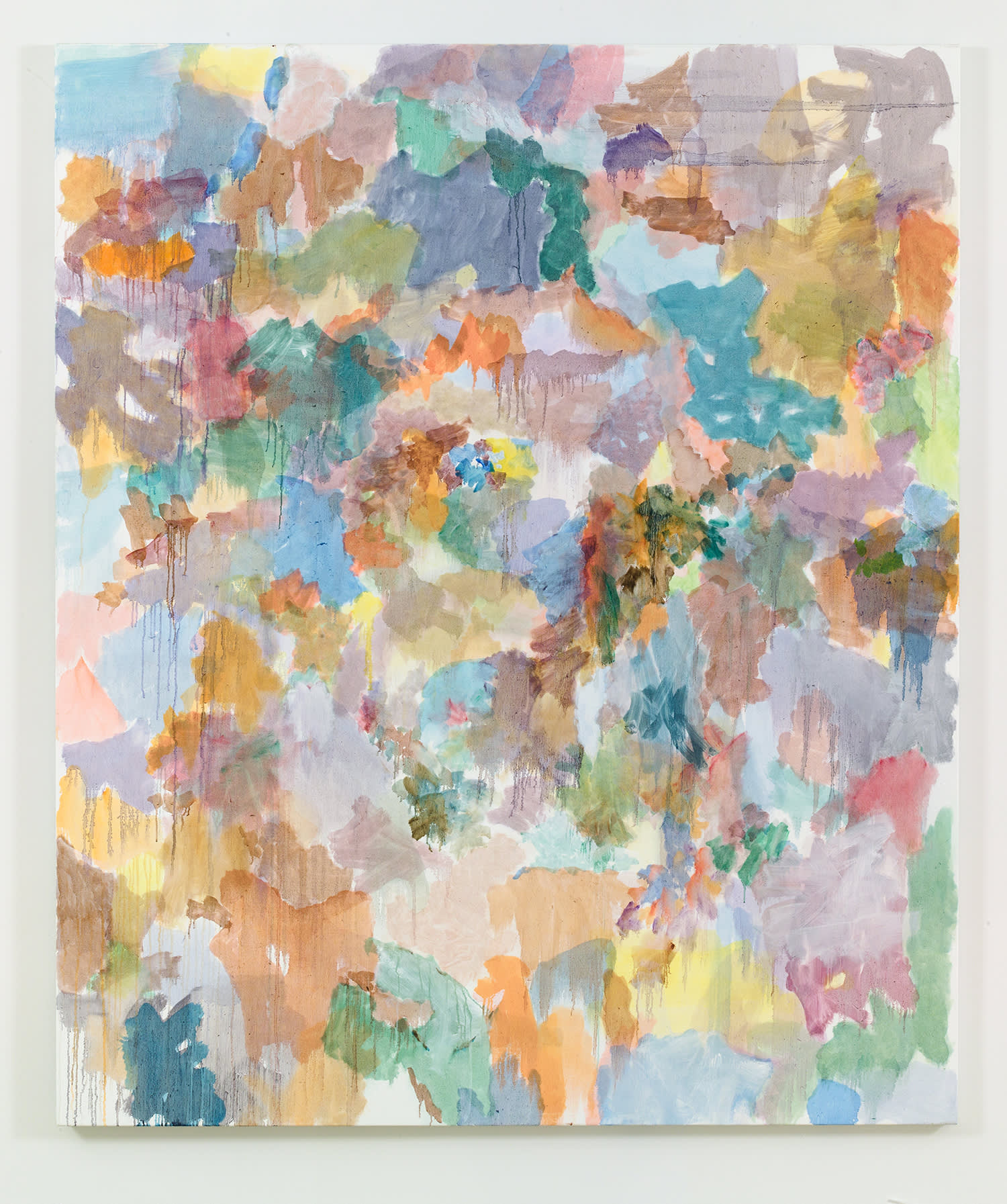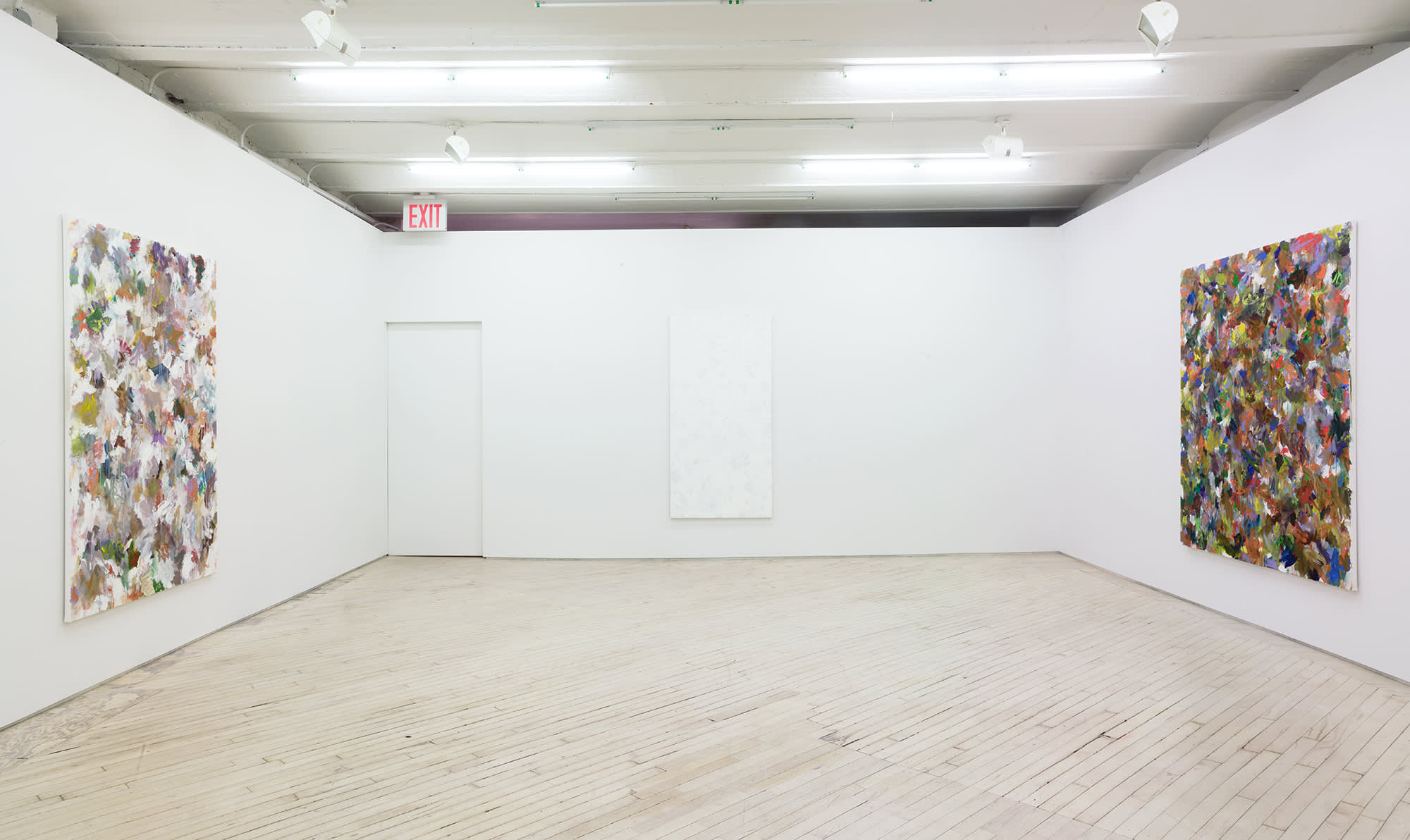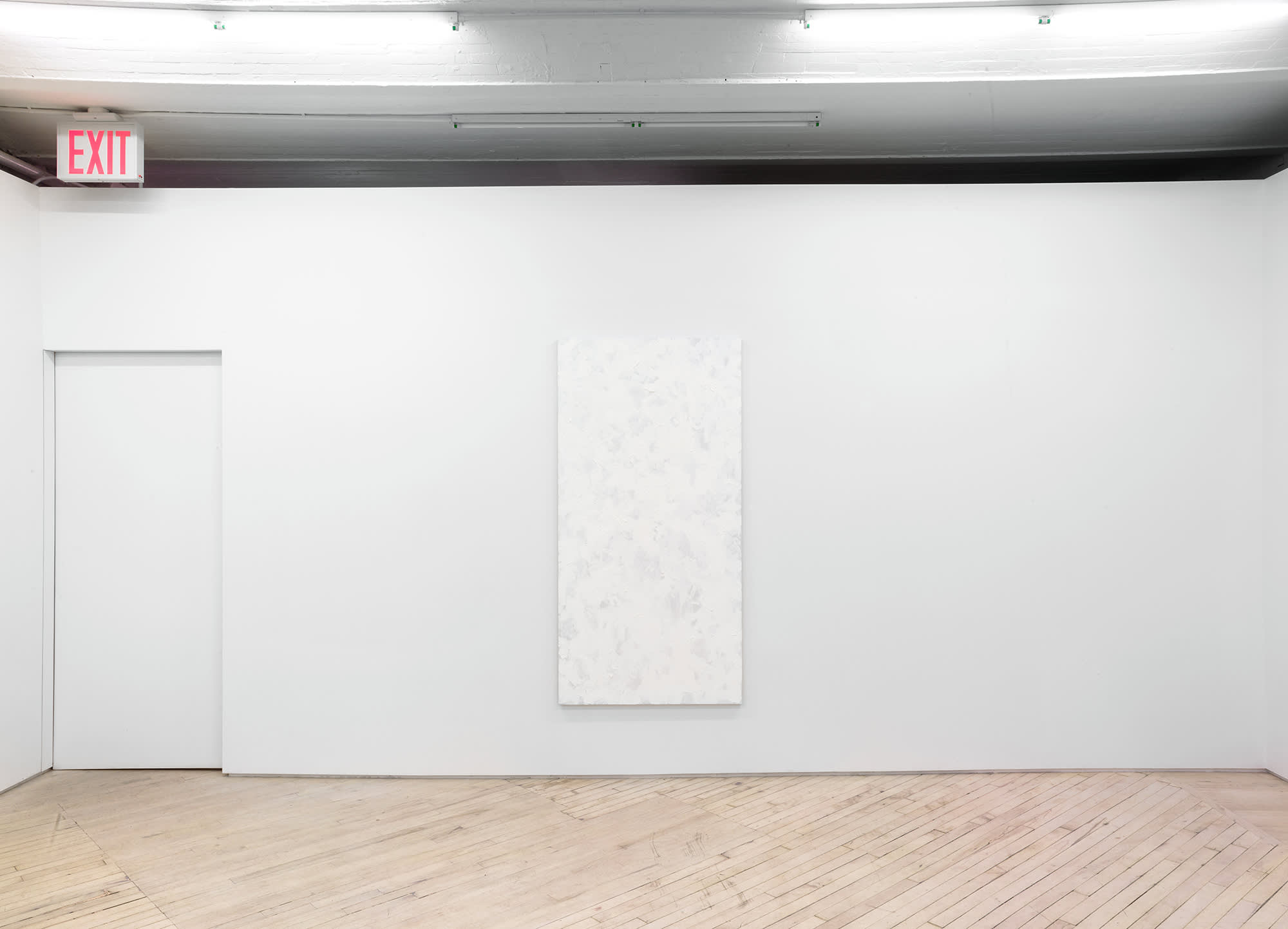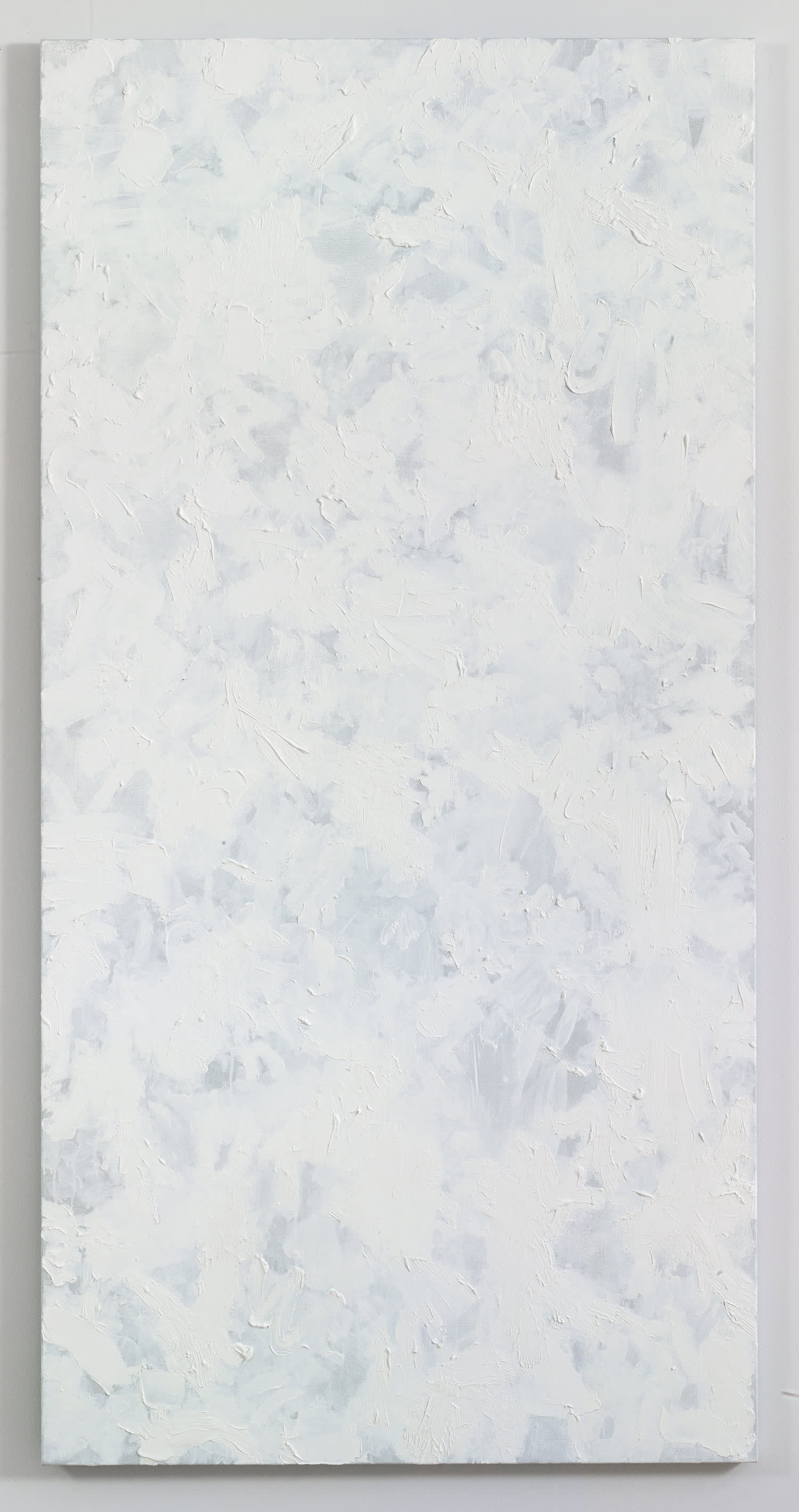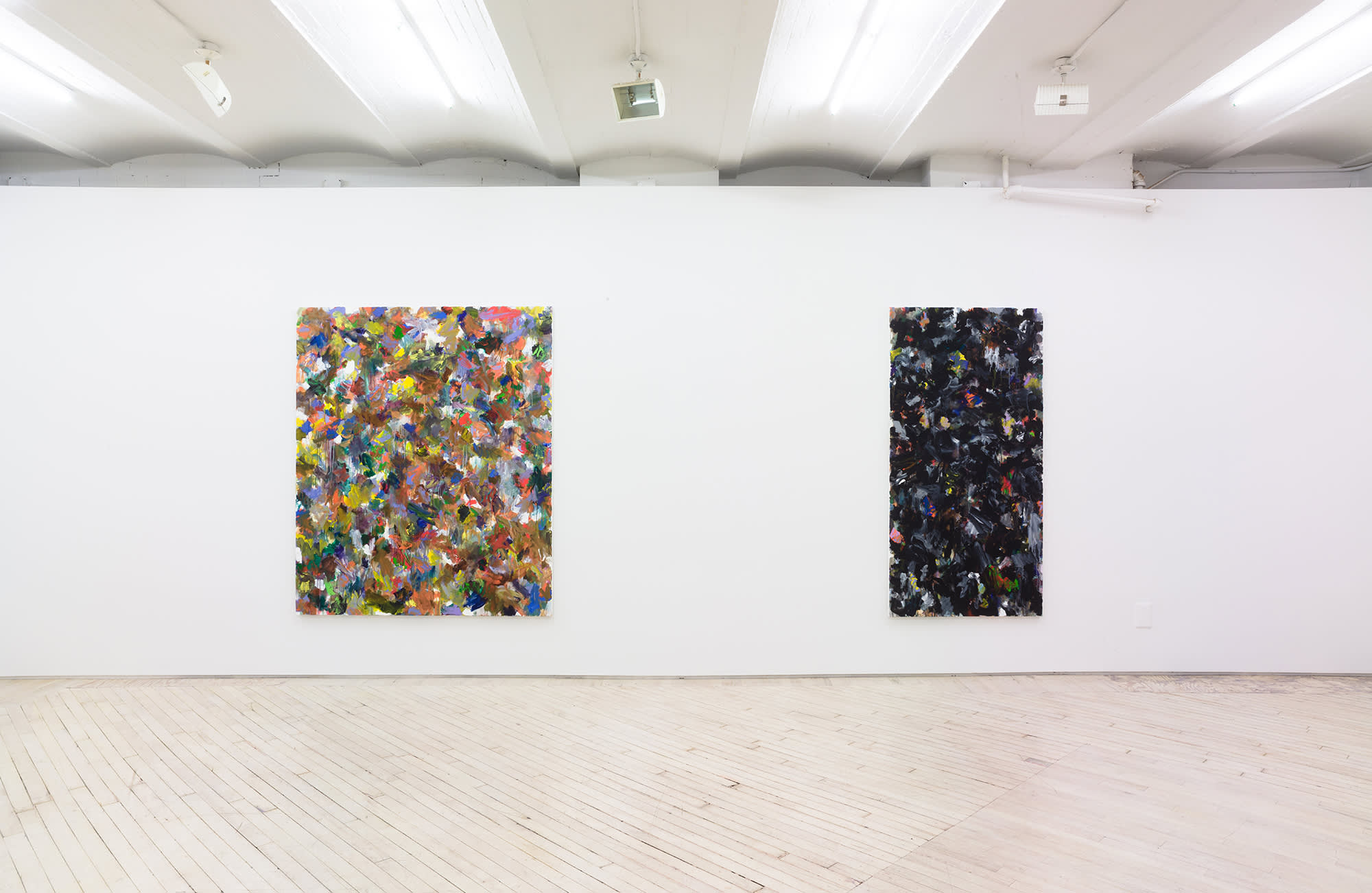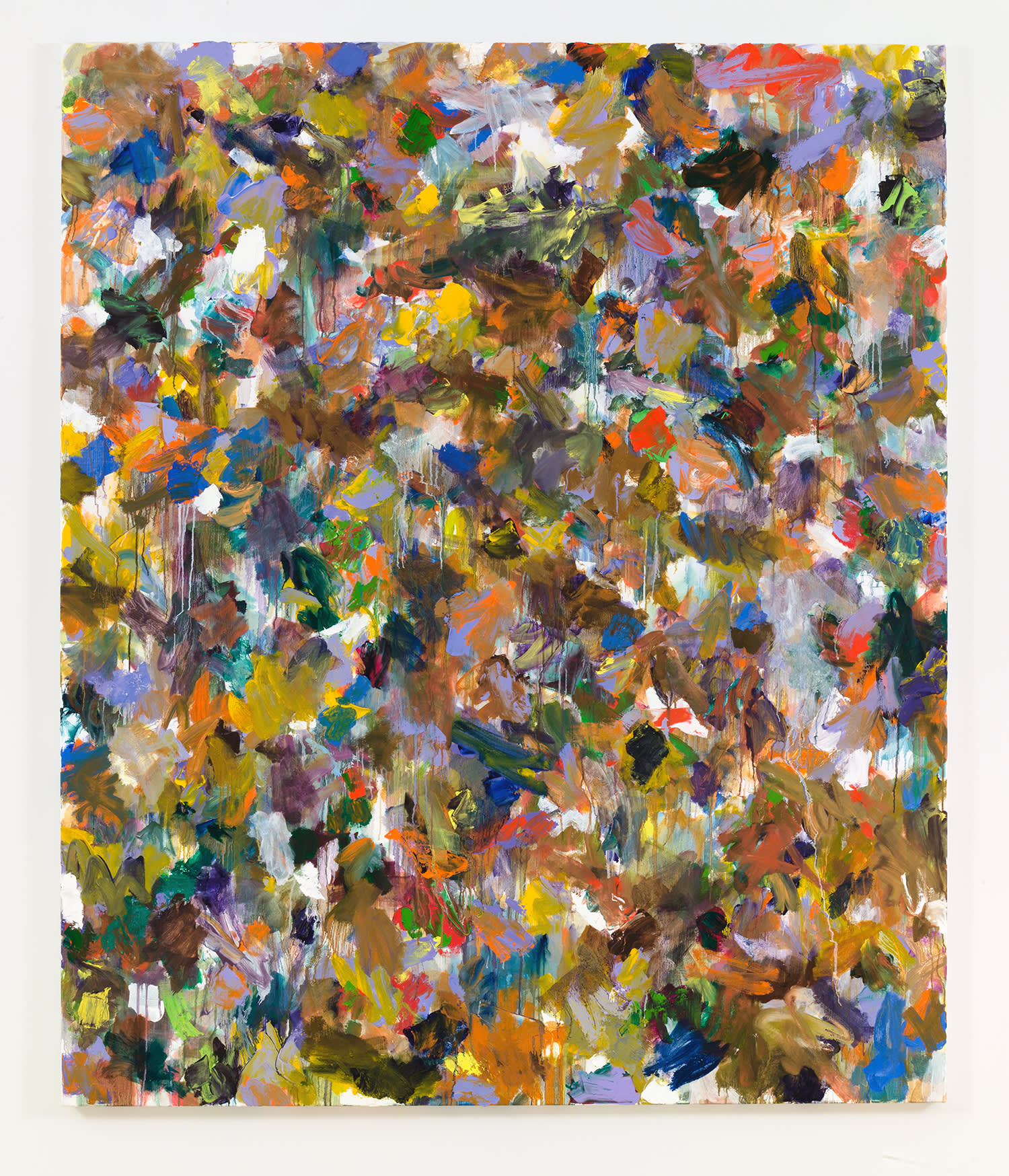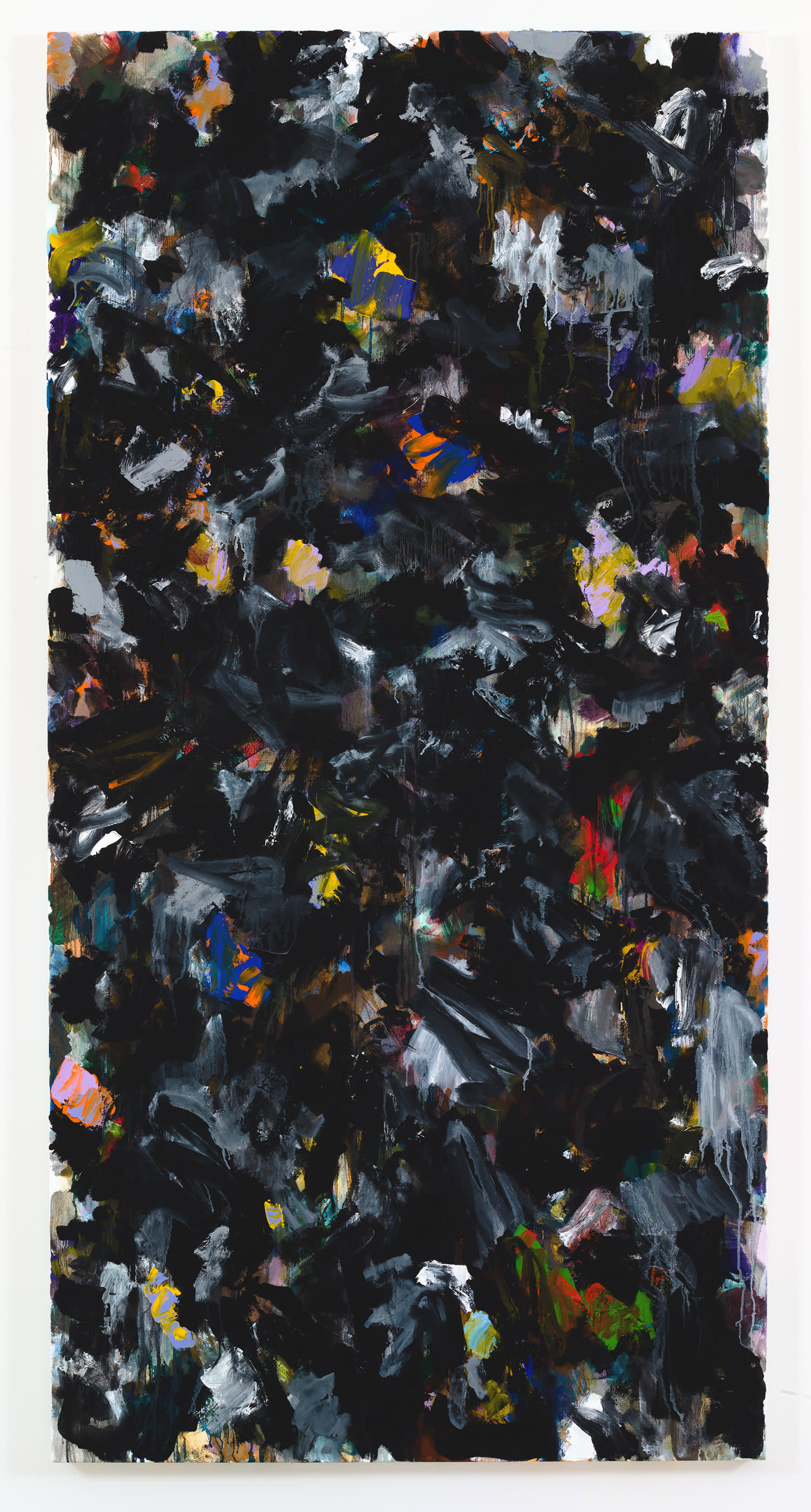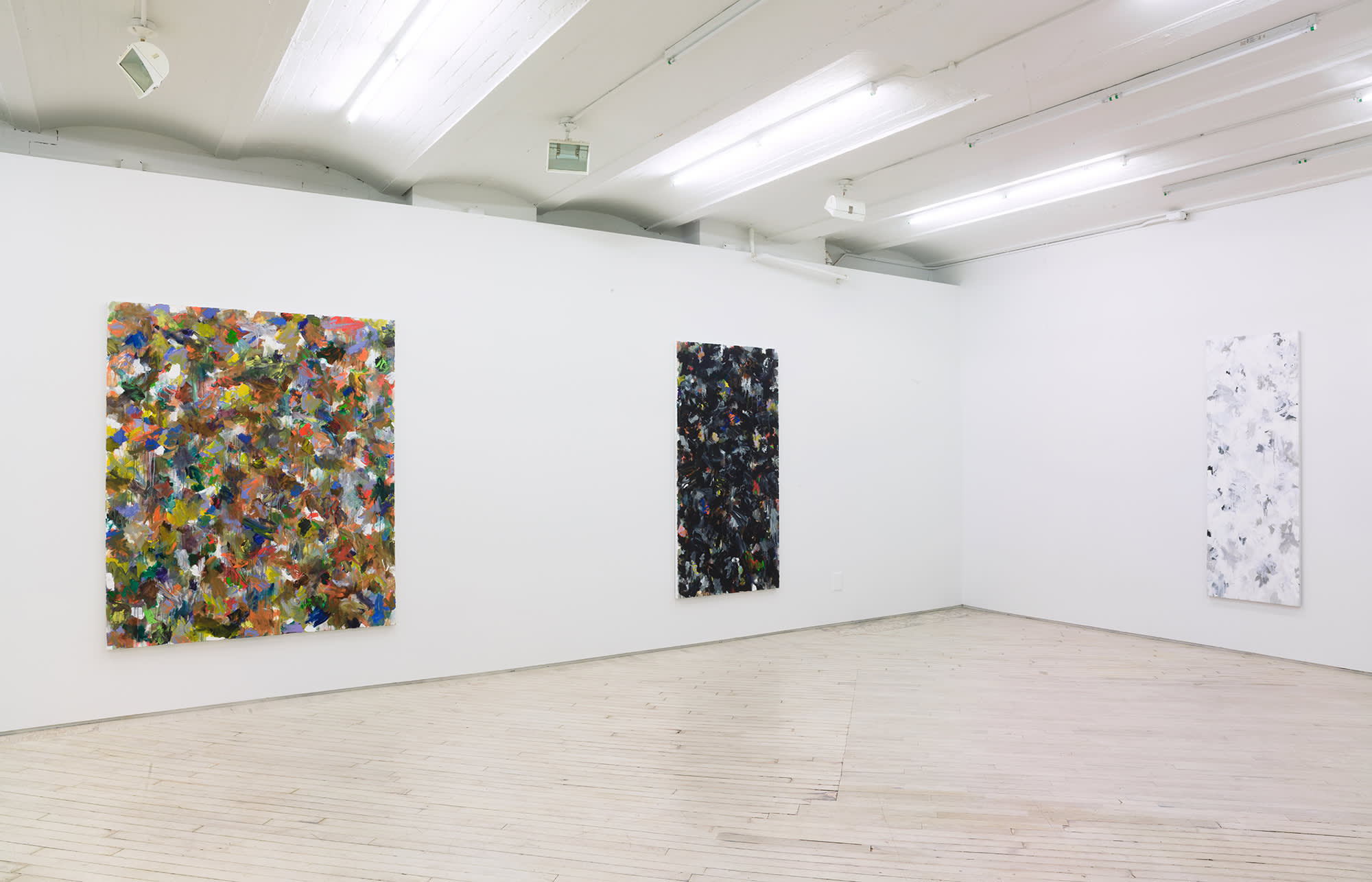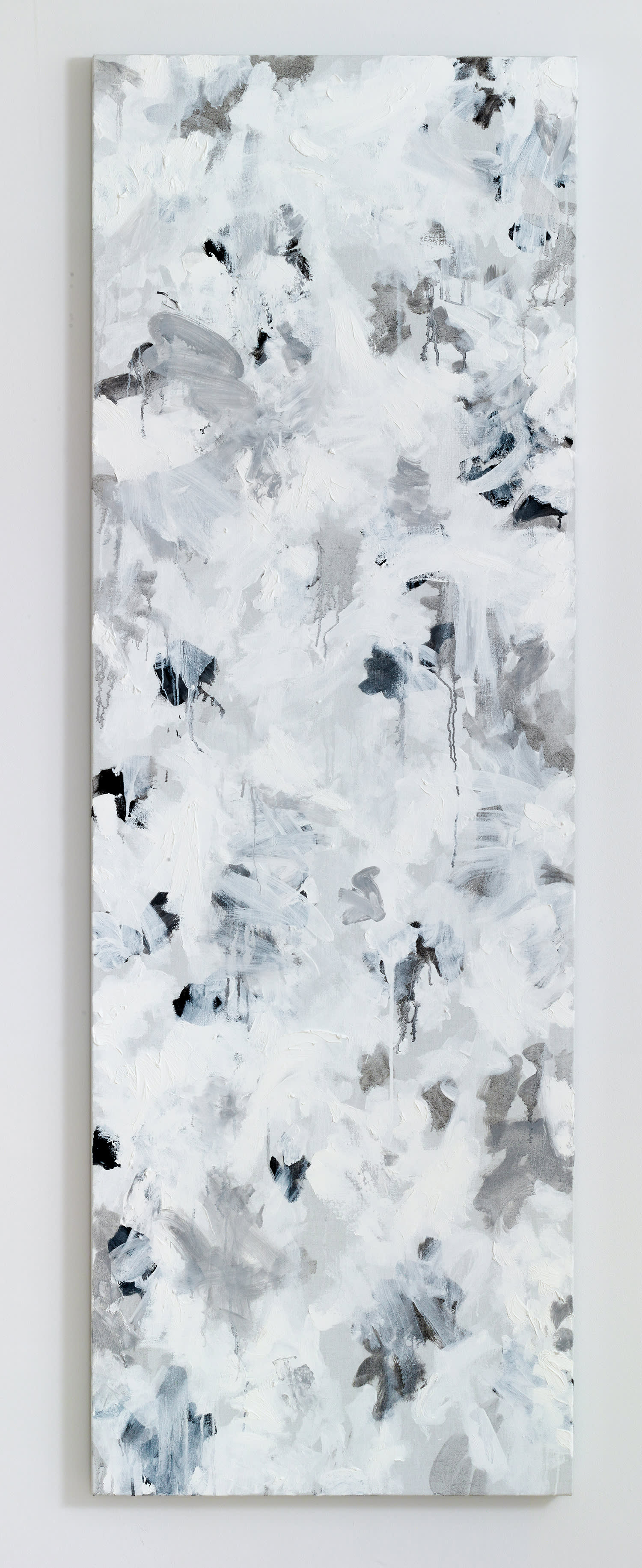Exhibition: Viktor Kopp
Viktor Kopp November 8 - Decmember 20 2015
Bureau is pleased to announce Viktor Kopp's third solo exhibition with the gallery. For Viktor Kopp, the charged state that exists between figurative and abstract painting has never gone away. He has investigated this tension, tried to evade it, played with it, and used it in all his works as a painter. Sometimes the figure has been comically stylized as a door or a bar of chocolate; sometimes it has given rhythm to a pattern. But he has never let it go. The figure has given his painting a kind of fixity, something both viewer and painter can relate to. It really is about something! Once this simple agreement has registered, Kopp has been able to add such complexity to seeing that the figure itself comes to feel superfluous. But it is specifically the tension between the excessive clarity of the figure and the gorgeous, subtle painting that has made the experience of Kopp’s painting so rich. In his new paintings Kopp has almost totally abandoned the figure. The letters A and B can be made out, but they are hardly distinct from shadows or allusions. In the other five untitled paintings there is a reference to the pattern—a method Kopp was already using during the early aughts as a way of avoiding the classic painting problem of foreground and background. A and B show a lyrically flowing, runny painting that evokes classical Chinese ink paintings. It’s as if a landscape lay confusingly half-hidden in the paint, and just as the viewer thinks she is seeing a clump of trees or a valley, she realizes she’s mistaken—it was a bit of runny paint, not a tree trunk. This is exactly the way that a skilled ink painter, for example, suggests a vast mountain landscape with haze clinging to its peaks, giving it more explicit meaning with a few farmers squatting right at the bottom of the picture scroll. Classical Chinese ink painting has been an important source of inspiration for many Western abstract artists. It knows nothing of central perspective, with its monoscopic depth effect. Instead, the illusion is conjured up in a way much closer to how a contemplative wanderer actually experiences a landscape—undulating, inconstant, focused on some single detail while the rest fades into “background.” The pictures being painted on scrolls of paper, so that we have to “scroll” from one moment to the next in order to see the whole picture, only heightens the sense of wandering around. It also evokes associations with the way a comic-strip artist works—an intimate association for Viktor Kopp, who is endlessly fascinated by comic strips. If A and B are light and airy “wandering paintings” that entice us into indolent reverie, the other paintings make different demands on the viewer. They are dense, rhythmic paintings, systematically constructed through the way that, for example, complementary colors are piled on top of each other, or in their use of white and black. The exception to this is a monochrome painting in which the dynamic brushwork applied directly to the prepared canvas accentuates the materiality of painting—perhaps even its materialism as such. The paintings are so densely painted that the gaze rebounds and finds it hard to orient itself. Any “in front” or “behind” in these paintings is entirely evoked by the way that the colors are applied on top of one another. The paintings are built up on the canvas. Illusion is rejected. And yet I wouldn’t want to call this abstract painting, despite all its allusions to high Modernism. This is no abstracted impression. Nor is it signs. It does not prompt associative thinking. On the contrary, it is brutal in its straightforwardness. It is painting that does not pretend to be anything other than just that—painting. Paint on canvas, with no ways in and no shortcuts. -Gertrud Sandqvist translated from Swedish by Mike Garner
Viktor Kopp (b. 1971, Stockholm) completed his studies in fine art in Malmö, Gothenburg, and Helsinki. Kopp has previously held solo exhibitions at Ribordy Contemporary, Geneva; Blondeau & Cie., Geneva; Bureau, New York; Galleri Riis, Stockholm; Galleri Magnus Åklundh, Malmö and Konsthallen Hamnmagasinet, Varberg. Group exhibitions include: Pangrammar, P!, New York; Moderna Exhibition, Moderna Museet, Stockholm; Edstranska, Malmö Art Academy, Malmö; The Art of Cooking, curated by Hanne Mugaas, Royal/T, Culver City, California; Underemployed, curated by Josh Blackwell, Salon Zurcher, New York; Abstract and Traces, Ribordy Contemporary, Geneva; Solid-State, Bureau, New York; Ystad Konstmuseum, Ystad, Sweden. He teaches painting at the Malmö Art Academy, and lives and works in Stockholm.
